Student Blog
Fieldwork
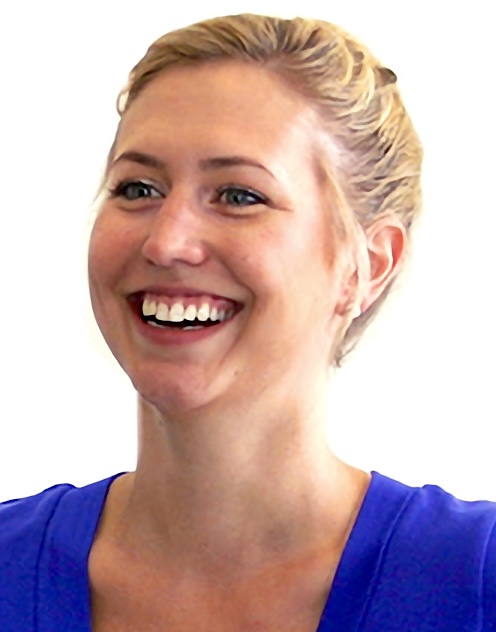
My first day of fieldwork ⟩
October 1, 2012, by Kendra
Fieldwork
I began my mental health fieldwork this week at AF Hawkins, the LA county psychiatric hospital. OTs got their start working with people with mental illness during the Progressive era in the early 20th century, but in an effort to define ourselves more medically, a lot of the arts and crafts aspect of our work was put aside for biomechanics and diagnostics. And here I was going back to our roots.
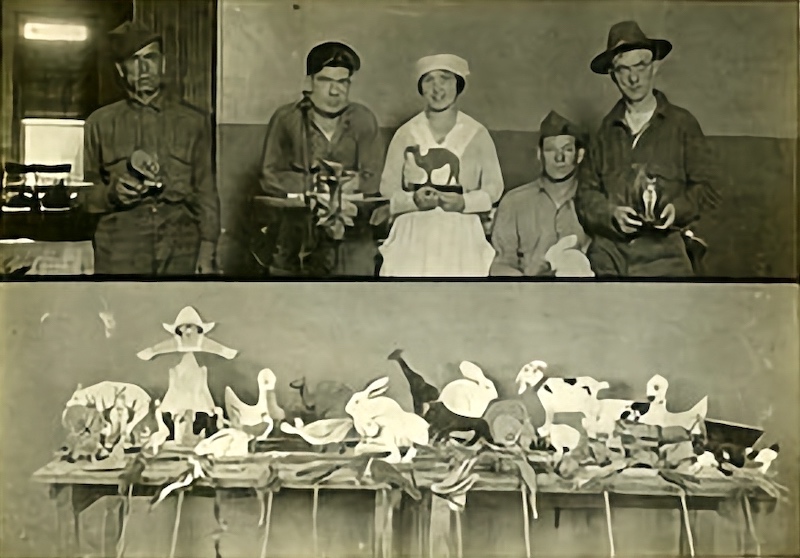
But while prepping for my first day I became very nervous reading about ‘arm’s length’ rules and ‘locked wards’ and ‘involuntary commitment.’ So despite my desire to be open minded and calm about working in a psychiatric hospital, my mind was filled with media images of bars and vacant eyes and inhumane conditions. What I saw was very very different.
Yes the doors are locked and yes you must take certain precautions to ensure yours and the patient’s safety. But what I didn’t predict was the sincerity and kindness with which the practitioners treat their patients. I didn’t imagine the laughter of adolescents echoing through the halls. So much of what I’d heard about psychiatric inpatient care was regarding role strain and the way therapists and nurses have to ‘turn off’ their emotions in order to deal with the weight of working with so many sick people. When I talked to the OTs at AFH many have worked there for over 15 years and every one I spoke to loved their job and the work they do. What is it about this place that makes the relationship between therapist and patient so effective?
Introducing the Cognitive Disabilities Model. It was created by Claudia Allen in an effort to properly pair a person’s cognitive functioning with appropriate activities. People’s cognition is rated on a 1.0–6.0 scale as are certain crafts. What this allows the OT to do is then offer activities (e.g., a greeting card or a tiled box) that properly match what the person can actually do therefore increasing the likelihood of success and satisfaction in performing that occupation. There are a lot more details that go into than that, but it works. I see OTs that know their role in the hospital and know how to help people on an individualized basis. That is the most important part, at least to me, because what they are doing is preventing the glossed over effect in which practitioners fall into the trap as viewing every person with one diagnosis as the same. They see everyone differently and suit their treatment to meet their specific needs, so OT!
⋯
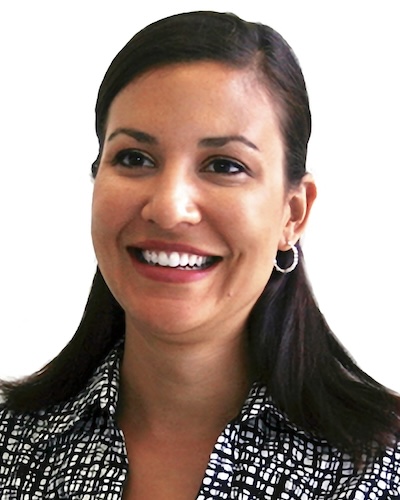
First Day of Fieldwork ⟩
September 24, 2012, by Amber
Fieldwork What are OS/OT?
Last week I began my level one fieldwork experience at Rancho Los Amigos National Rehabilitation Center. Each semester, our courses are focused on a particular practice area of occupational therapy: adult physical rehabilitation, pediatrics, or mental health. To compliment this coursework, we have the opportunity to spend one day per week at a fieldwork site in that practice area. This semester I am in the adult physical rehabilitation immersion, and was lucky enough to be placed at the top rehabilitation hospital in the Western United States. Rancho Los Amigos is situated on a beautiful campus in Downey, and has a long history. In 1888, it was known as the Los Angeles County “Poor Farm.” In the 1950s, it was a respiratory center for polio patients. Today, the hospital helps patients with disabilities regain skills and learn techniques to accomplish basic activities of daily living, and return to work or school if possible.
I was placed in an outpatient unit that specializes in treating people who have sustained spinal cord injuries. My role was to observe an occupational therapist, and potentially do some hands-on interaction with the patients. The first patient of the day was a middle-aged man who had been injured in a fall at work. He used a wheelchair and had extreme weakness in his upper body. It was his third visit with the occupational therapist, and we worked on activities to strengthen his upper extremities. He really pushed himself, and it was wonderful to see the slow progress he was making. Later that day, I got to observe and use the driving rehabilitation equipment, and spend the afternoon in the stroke rehabilitation unit. I am very excited to continue my fieldwork and learning experience at Rancho Los Amigos.
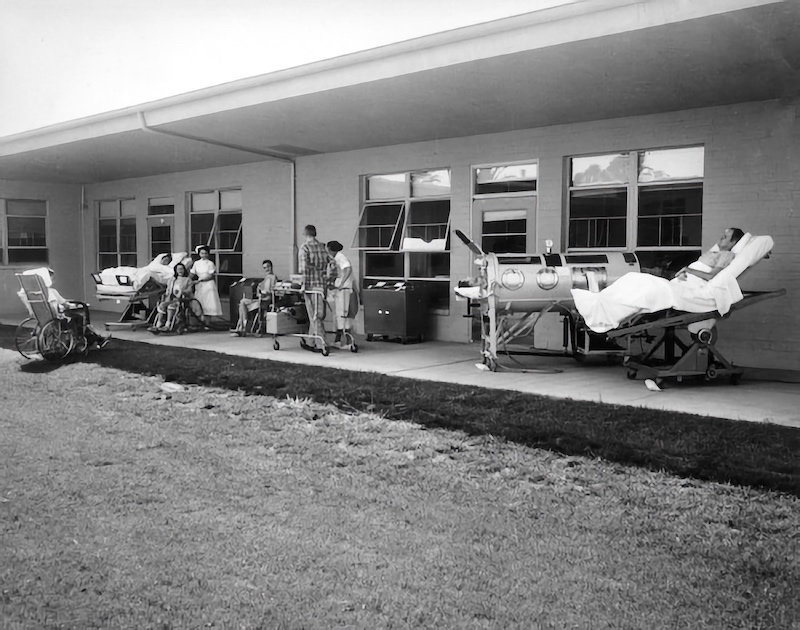
Rancho Los Amigos National Rehabilitation Center
⋯
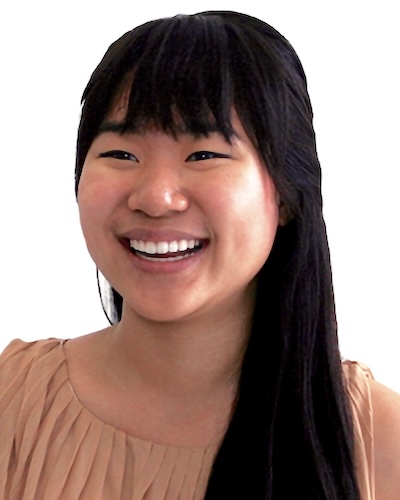
First day at Fieldwork ⟩
September 21, 2012, by Alisa
Fieldwork
This week I started my level I fieldwork in mental health. I am placed at Project 180, a forensic treatment agency, in downtown Los Angeles. Clients have a mental illness as well as a substance abuse issue. Programs include the re-entry program, where clients join Project 180 after serving their time in jail or the diversion program, where clients join Project 180 instead of going to jail. The 12-18 month programs are structured in phases, culminating with a graduation ceremony at the end. There have been instances where Project 180 staffs have worked directly with clients in jail. I was able to observe three group sessions: mental health, job skills, and thinking errors. It was eye-opening to be able to hear a lot of members share their stories openly. To actually be able to hear someone who has had first-hand experiences of what it’s like living with a mental illness was a very humbling experience. It made me realize to be thankful for what I have in my life and the support system and to have an attitude of gratitude wherever I go. I appreciate how committed the staffs at Project 180 are to their clients and to each other. I look forward to more group sessions with the clients and individual sessions, too. I learn a lot from just listening to them. So far, it’s been a wonderful experience, and I’ve also made a canine companion at fieldwork, too! Meet Indiana Jones.

Indiana Jones
⋯
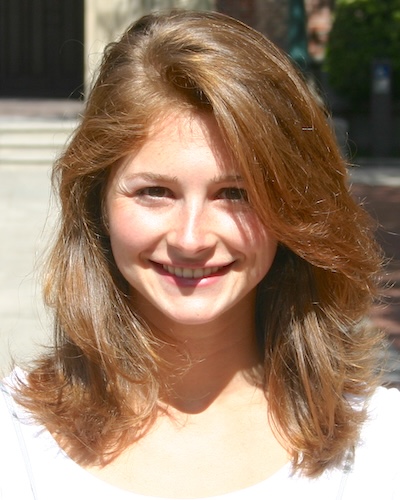
Level I Fieldworks ⟩
April 24, 2011, by Amanda
Fieldwork
Experience everything OT!
Throughout your first year, you will have various opportunities to go out into the occupational therapy field — FIELDWORK! The word “fieldwork” sometimes throws people off, as it in part sounds like you are an archeologist going to excavate. When I explain what fieldwork is to those outside of our academic community, I describe it as an internship, specifically a clinical internship. In OT school you have two types of fieldworks, Level I and Level II. I will begin here to explain what Level I fieldworks entail.
Level I fieldworks are relatively brief and allow for greater exposure to the many practice areas and settings of occupational therapy. As I had volunteered and worked primarily in pediatric settings before beginning the program at USC, I decided to use Level I fieldworks as an opportunity to see what else was possible to do with a Master’s in OT. In my first year we had these Level I’s structured in two ways: the dose model and the immersion model. For my dose model, I went once a week (on Thursdays I had the day off from class) to an upper extremity and hand rehabilitation outpatient clinic. At this site I primarily observed, but the OT who I was placed with allowed for hands-on opportunities when the client was okay with it. This included anything from feeling tightness of muscles, ligaments, and joints after the healing of bones, seeing the different procedures after carpal tunnel release surgery, and talking to the clients about their experiences.
My first immersion model experience of level I fieldwork was spending everyday of one week in the field of psychosocial practice at a school for adolescents that are considered “at-risk.” This site aims to lead the teens to becoming healthy, independent, and productive members of the community. Occupational therapy played a role in re-engaging the students in healthy behaviors and social interactions and preferred occupations. This was my first time seeing OT in mental health practice and the OT I was with allowed me to plan and lead therapeutic group activities as well as helped me develop my documentation skills.
My second immersion model experience was in physical rehabilitation at a large hospital system. This time, the experience was structured so I went everyday for two weeks. Again, never having seen OT in the various levels of care, I really benefitted from this experience. Throughout my two weeks, I moved from acute care, to inpatient care, to transitional rehabilitation services, to outpatient care. It was amazing to see the breadth of OT skills depending on where a patient is in their recovery. I especially enjoyed the transitional rehabilitation services as it was based in a residential setting. This home was remodeled to house all aspects of rehabilitation. There was a conventional gym for therapeutic exercises, but OTs used the kitchen, community garden, study room, bathroom and places throughout the community for their interventions. I absolutely fell in love with the structure of therapy at this level of care for all the possibilities of OT and the emphasis on returning to the community.
If you are starting to worry about how all of this gets arranged — don’t! We have two fieldwork coordinators that are experts in placing students. My part in all this was for each of these 3 fieldwork opportunities I had to rank the practice area I wanted to see and then list the geographic locations in Los Angeles that were the best for me. The fieldwork coordinators took care of contacting the sites and securing placements for students. The time off from class during the semester is specifically scheduled for fieldwork, so you get to go to the sites and experience OT!
⋯
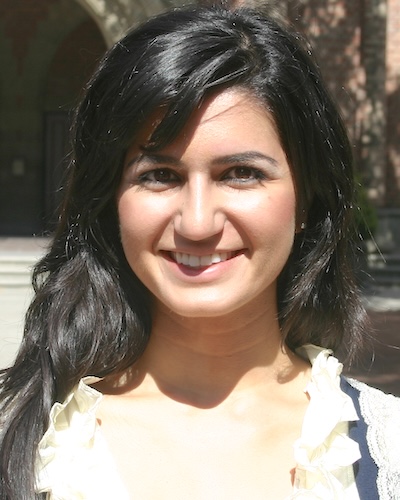
What makes USC’s program unique? ⟩
November 8, 2010, by Helen
Community Fieldwork Getting Involved International What are OS/OT?
The professors at USC support your learning in every way possible.
In the past couple weeks, I have held information sessions at UC San Diego, UC Davis, Sacramento State, and UC Berkeley. I am constantly being asked why I chose USC’s program and what makes USC’s program unique. From holding these information sessions and meeting so many ambitious and passionate future applicants I have had the opportunity to reflect more on the profession of Occupational Therapy. I have also had time to reflect on how attending USC’s program has influenced my professional future and outlook about the profession. The faculty at USC has such immense confidence in their students and provide the support for their students to not only be great clinicians, but to be leaders in their profession. This investment in the students is what has made my learning experience as a graduate student so unique.
In the last year, I have been provided with the opportunity to attend Lobby Day in Sacramento, advocating for Universal Health Care. Additionally, I was given the opportunity to do an international fieldwork in Ghana. I have also had the opportunity to attend OTAC conference in Pasadena, AOTA conference in Florida, as well as the student conclave in Kentucky. Attending these events, networking with current practitioners and leaders in the field, and learning what direction research is moving towards, have intertwined to inspire me about my profession. I am so proud to be an Occupational Therapy student at USC and am so grateful for being able to attend a university where the faculty truly supports your learning. The professors and faculty hold a holistic view of their students, emphasizing that it is not only valuable to be an excellent student doing well academically, but it is equally valuable to gain practice experience, leadership experience, research experience, and to be knowledgeable about the theory behind practice. By valuing all these learning components, I have a strong sense of the history of my profession, where we stand currently in our health care system, and what needs to be done in the future. The field of Occupational Science was founded at USC, Jane Ayres was a professor at USC researching Sensory Integration techniques, Lifestyle Redesign was established at USC, and our dean Florence Clark is the president of the AOTA. So to answer the question of why I chose USC and why I feel USC is ranked so highly for our OT program, I feel that it is because all these elements combine to create passionate practitioners who think broadly about the field of Occupational Therapy.
⋯





